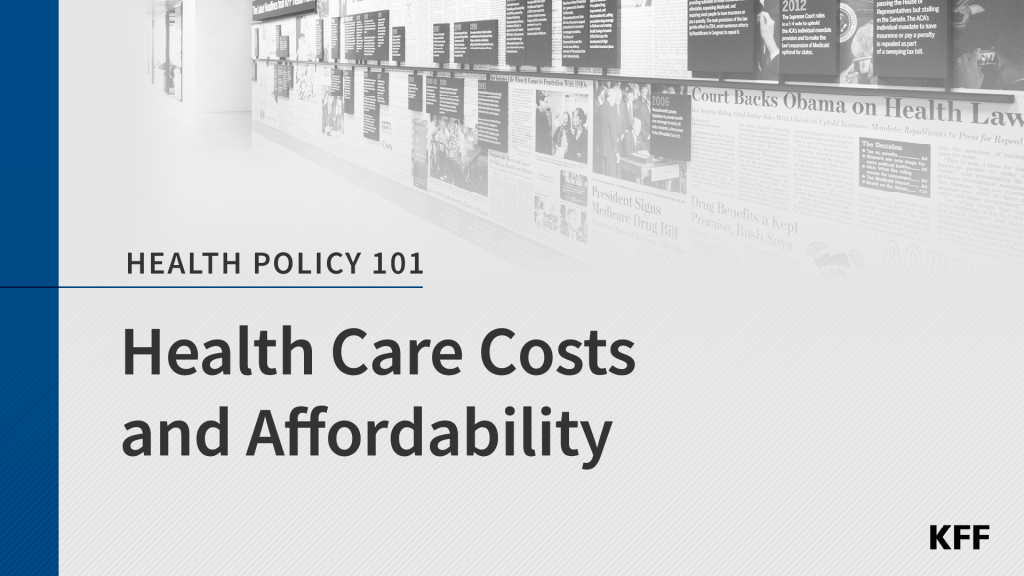ACA Marketplace Enrollees Will See Steep Increases in Premium Payments in 2026 if Enhanced Subsidies Expire
Without the enhanced subsidies in the Inflation Reduction Act (IRA), Affordable Care Act (ACA) Marketplace enrollees in 12 of the states that use HealthCare.gov would see their annual premium payments at least double on average, according to a new KFF analysis.
